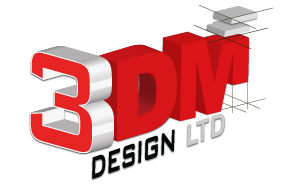Design for Manufacture…CNC Prototyping vs. Injection Molding
One of the key challenges in product development is designing for both rapid prototyping and mass production. A part that’s easy to CNC for a quick prototype may not be ideal for injection molding, and vice versa. Here are some critical differences to consider:
1. Geometry Constraints
• CNC Machining: Handles sharp internal corners, deep pockets, and thick sections well, but long tool paths can drive up costs.
• Injection Molding: Requires draft angles, uniform wall thickness, and no sharp internal corners due to material flow and ejection concerns.
2. Material Choices
• CNC: Can machine from nearly any solid material—metal, plastic, composites—but some materials are expensive to machine.
• Molding: Offers a broad range of plastics with optimized properties but requires significant investment in tooling.
3. Cost & Lead Time
• CNC: Low upfront cost, fast iteration, but per-part cost remains high for larger quantities.
• Injection Molding: High tooling cost and long setup time, but very low per-part cost for large volumes.
4. Design Optimization
• If you design only for CNC prototyping, you risk expensive rework when transitioning to molding.
• If you design only for molding from the start, your prototype iterations may be slow and expensive.
Best Practice?
Design parts with both processes in mind from the beginning. Use CNC prototypes to refine functionality, but ensure the final design meets molding constraints early. This minimizes surprises and accelerates production readiness.

